

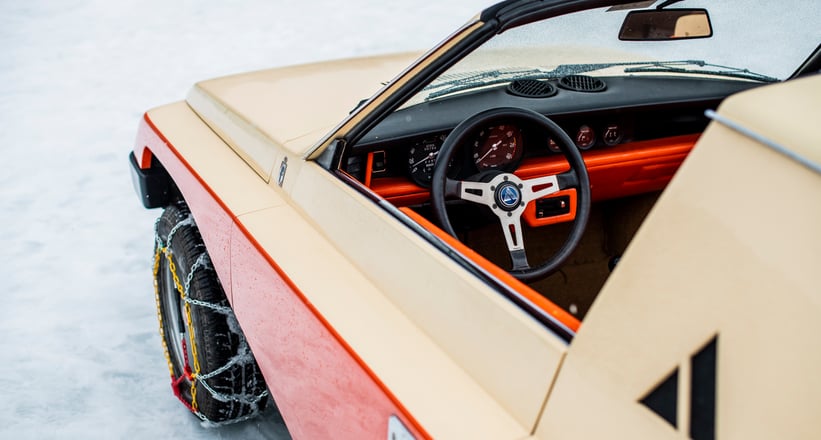
You might argue that the most iconic sportscars of the 20th century were designed for the racetrack – but the coolest automobiles were certainly born on the beach. While Fiat’s custom Jollys with their striped roofs and wicker seats had been all the hype among the hautevolée from Portofino to Nice in the 1950s, the elegant spiaggina shuttles were replaced by more modest and sturdy offroaders in the 1960s and early 1970s. After all, the Louis de Funès movies had established the minimalistic Citroën Méhari as the ‘it-car’ to patrol the (nude) beaches of the French Rivièra, while Steve McQueen and Faye Dunaway drove the Californian-bred Meyers Manx dune buggy to global fame in “The Thomas Crown affair”. Naturally, the Italians weren’t amused – and started to concoct a plan to reclaim their sandy throne.
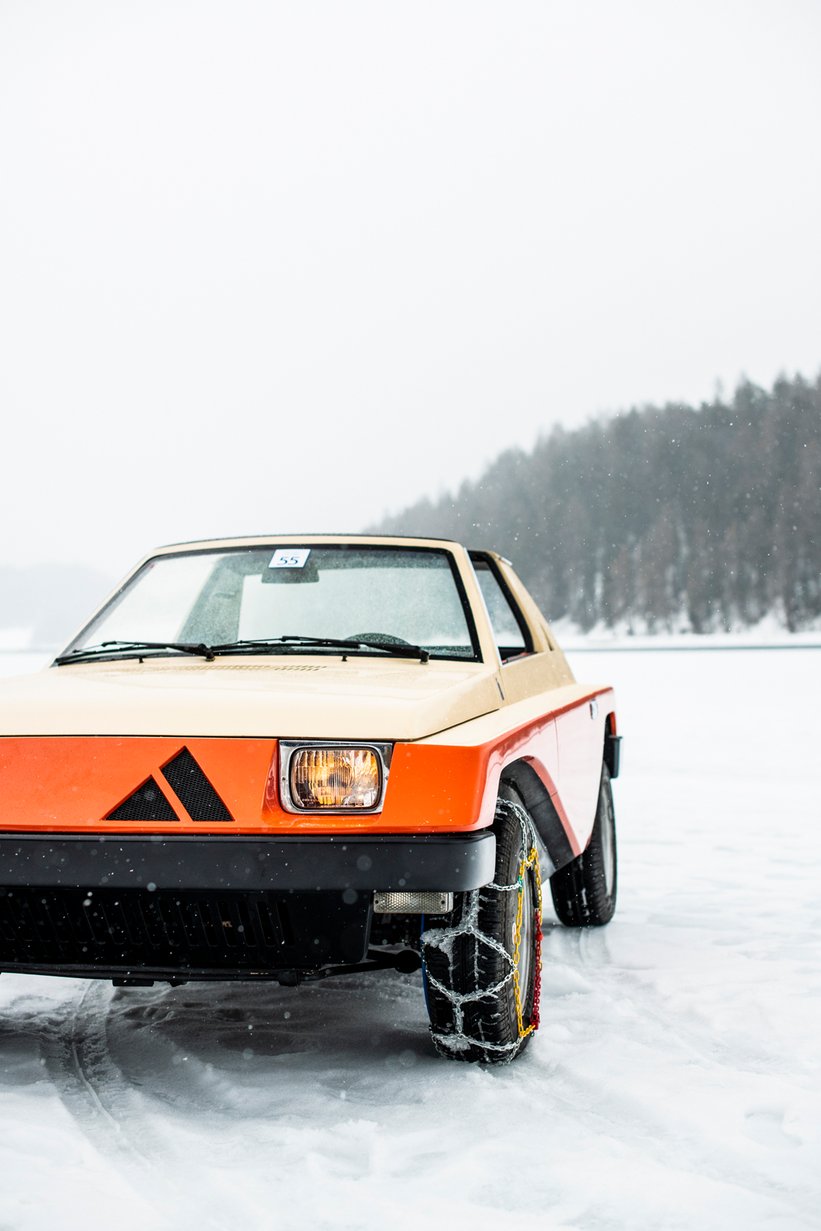

At the Geneva Motor Show in 1973, Pininfarina unveiled the Autobianchi A112 Giovani, a lightweight, multi-purpose concept car designed to surf the dune buggy trend and test the waters for a new Fiat model range. Giovani means ‘young’ in Italian – and, as the name suggested, the quirky, beige-and-orange concept car was meant to appeal to a generation of hedonistic and fun-loving youngsters born during the heyday of Italy’s post-war boom economy. As Pininfarina argued in its Geneva press release, the term sportscar had recently become synonymous with very fast and very expensive cars, while the link to physical activity and a spartanic way of life had been neglected. The new prototype was therefore meant to be a sports car in its purest sense.
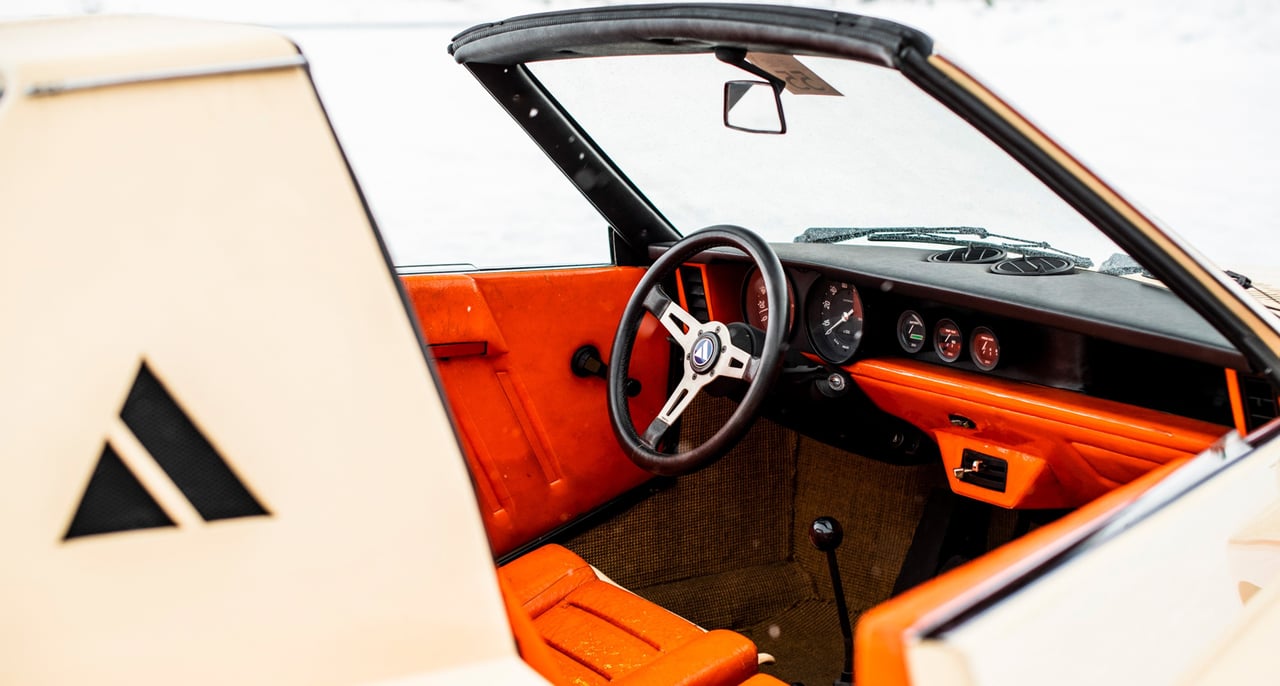
While the chassis was borrowed from Fiat’s cheap and best-selling Autobianchi A112 from the late 1960s, the concept’s design language created by Pininfarina’s Diego Ottina was very much en vogue with the latest, edgy and geometric styling trends of the 1970s. The car’s body was made from composite plastics and featured a high belt line, boxy wheel arches, integrated bumpers and a roll bar that had been integrated into the B-pillar. The most distinct detail was certainly the radiator grille in the shape of the Autobianchi logo that had been sewn into the car’s boxy front.
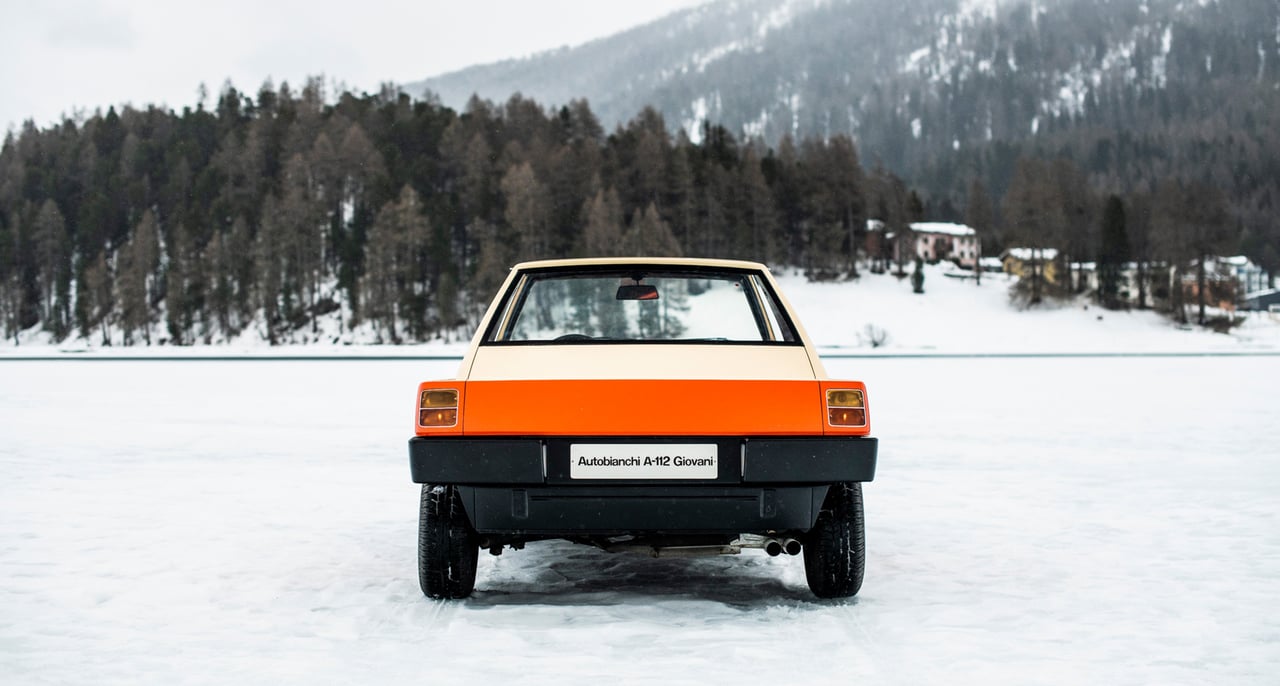
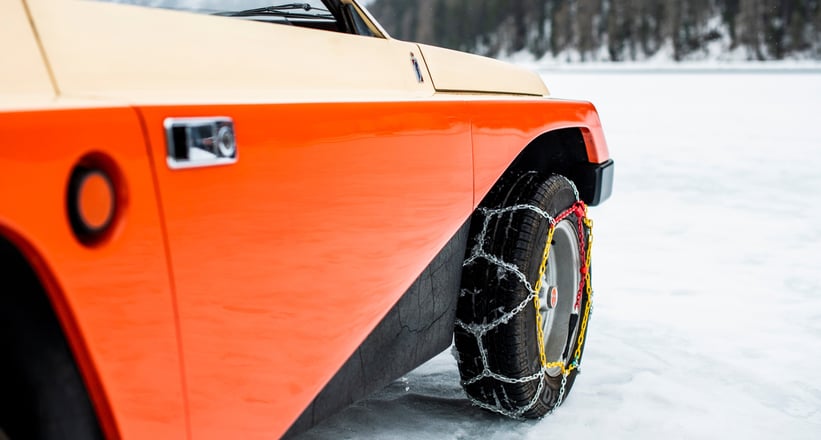
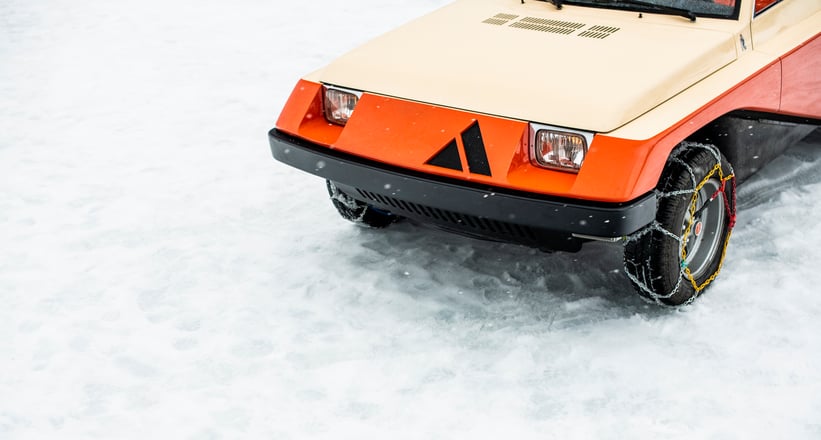
In its press release, Pininfarina explained the key design principals as follows: “With a rectangular base, with a square section and linear profiles, the A 112 gives the impression of two superimposed shells, the lower shell being wider than the upper one. This difference in section forms a shift which runs all along the perimeter of the car, with the exception of the frontal part. This aesthetic solution made it possible to create a safety structure around the passenger compartment for protection of the pilot and passengers.”
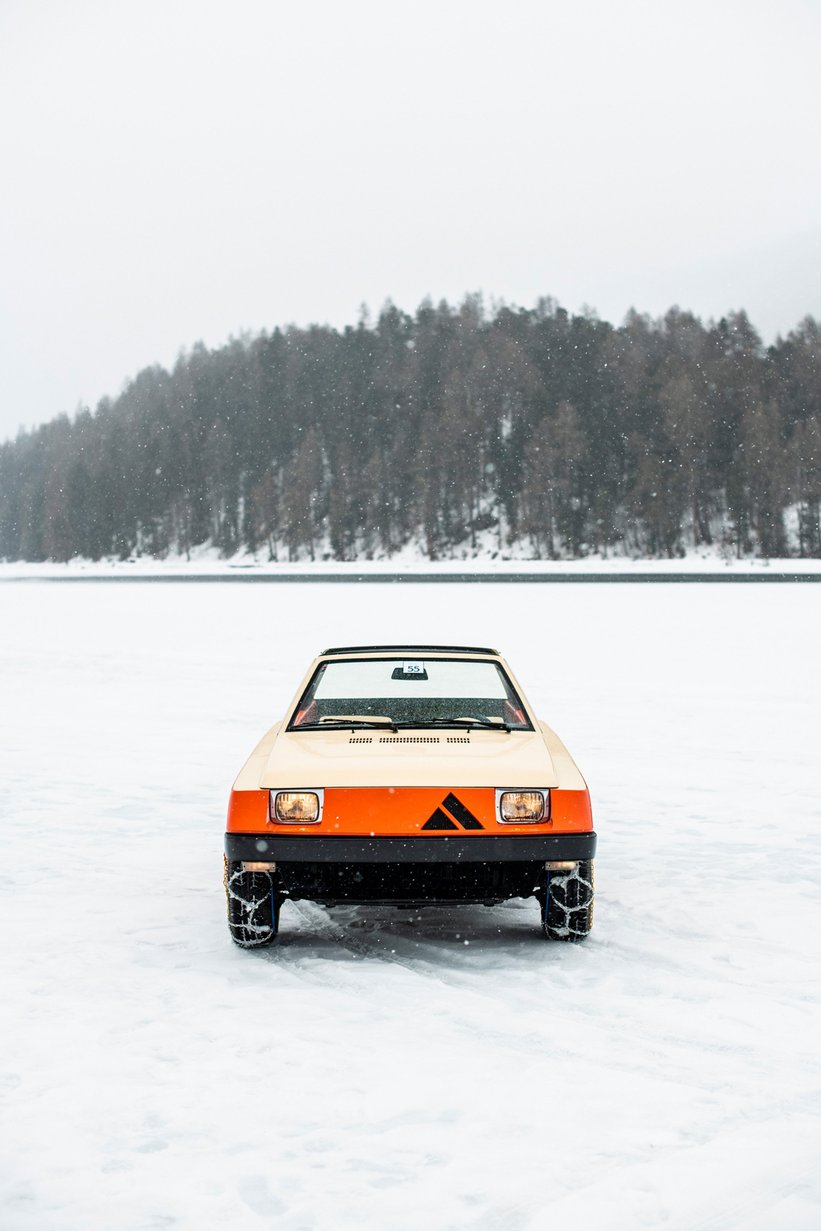
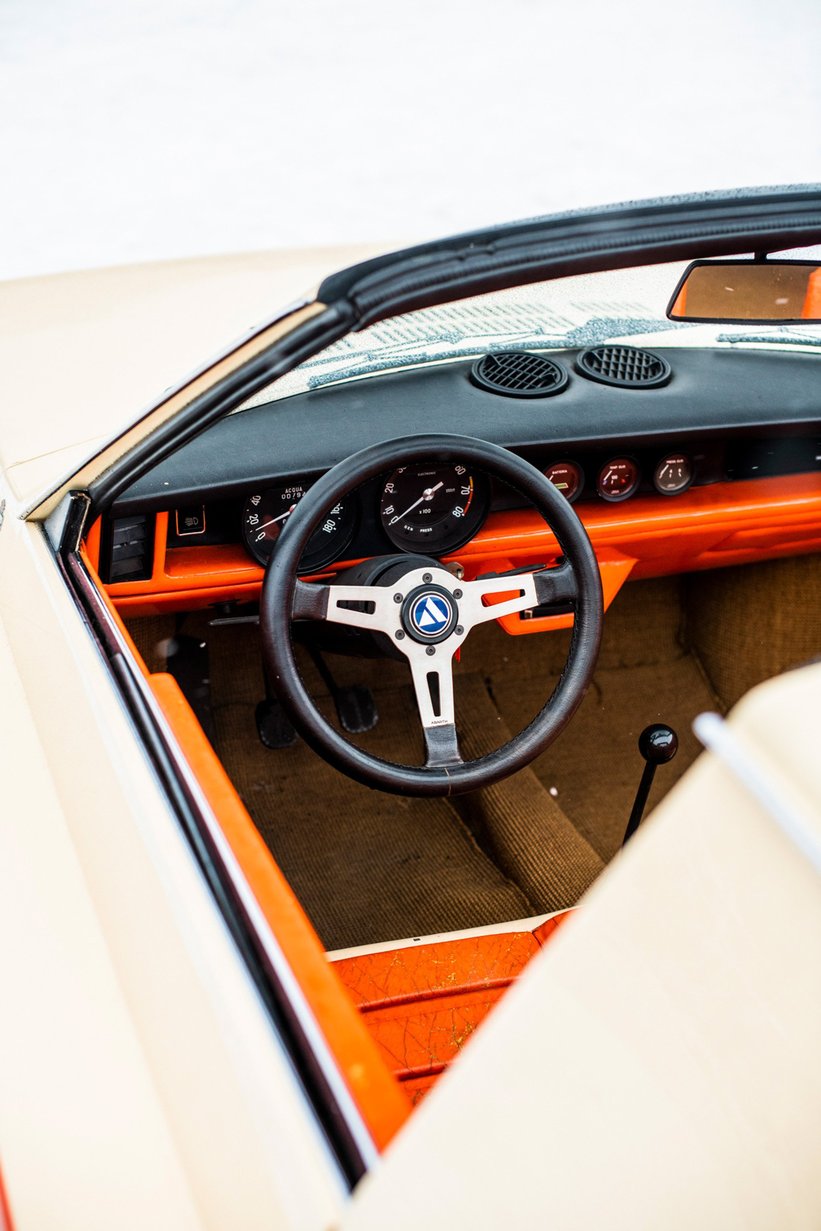
Keeping the design as simple as possible, the plastic hard top could be removed manually, while the trunk release was only accessible from within the car. While the steering wheel and instruments were borrowed from the A112, the Giovani featured yacht-style, semi-plastic seats in the brightest possible tone of orange that were supposedly easy to wipe clean of sunscreen and sand. Like many concept cars of the time, Pininfarina’s dune buggy was fully functional and almost ready to enter production. The Autobianchi A112 Abarth’s 982cc water-cooled four-cylinder engine was mounted transversally over the front axle and delivered its power to the front wheels via a four-speed transmission. While 58 horsepower might seem modest by today’s standards, it was certainly enough to boost the 660 kilo car to fairly decent speeds.

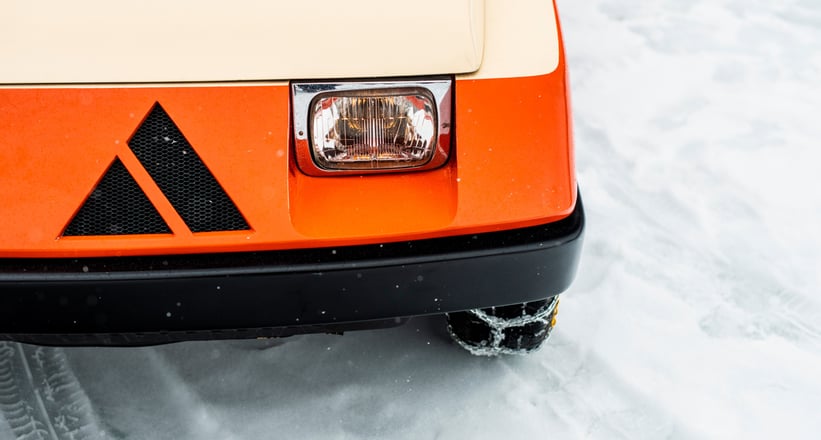

Looking at the edgy dune buggy, we can vividly imagine the young and stylish fashion or advertising professionals from 1970s Milan driving off into the weekend towards the Mediterranean or the Alps with massive sunglasses and waving curls. But for reasons unknown to us, the Autobianchi A112 Giovani never received green light from Fiat, shattering Pininfarina’s dreams of the Italian beach car renaissance for good.


Today, the only Autobianchi A112 Giovani resides in Corrado Lopresto’s world-class collection of landmark Italian classic cars and prototypes in Milan. This weekend, the dune buggy will star at The ICE, drifting around the frozen lake and bringing Italian glamour to the jetset of St. Moritz – just like its makers intended half a century ago.
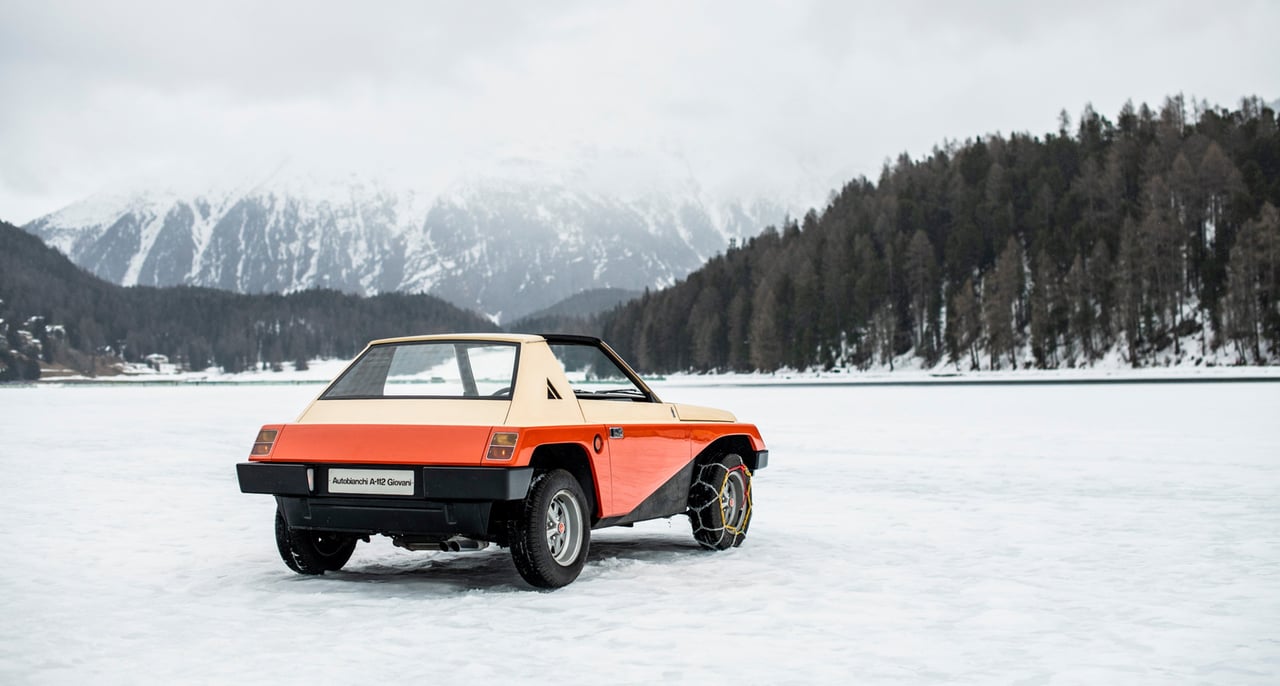
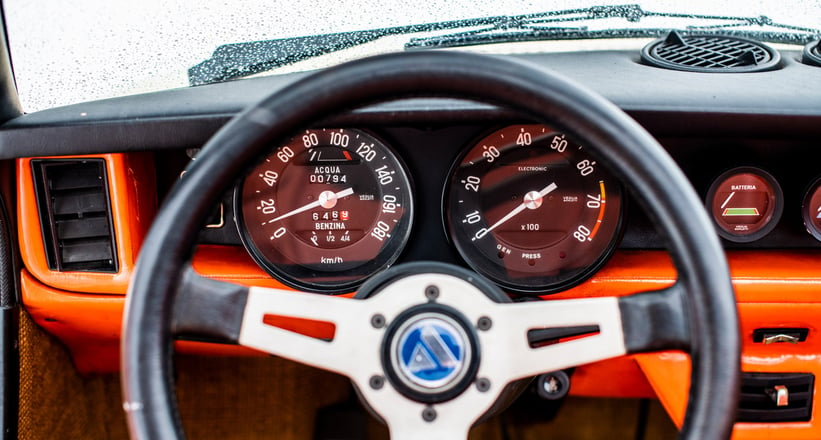
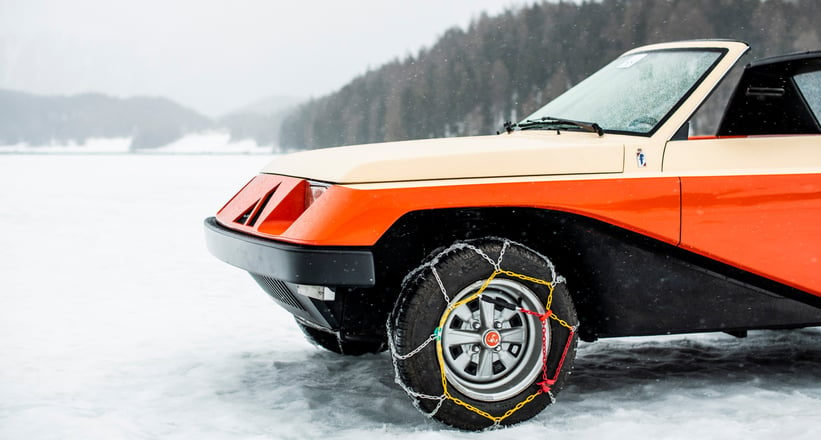
For Corrado Lopresto, it felt like the perfect match: “Just one month ago, a the inauguration of an exhibition of my cars at the ADI Design Museum in Milano, I was discussing the Pininfarina design with Lorenzo Ramaciotti and he told me how his first work for Pininfarina had been the developement of the "Giovani", designed by Diego Ottina for the Geneva Motor Show in 1973. I had just received the invitation to bring a car to The Ice and this was the spark to make the final choice of this unconventional concept car for such an unconventional event. Meant for the beach, its bright colour will make it a perfect match on the snow, too.”
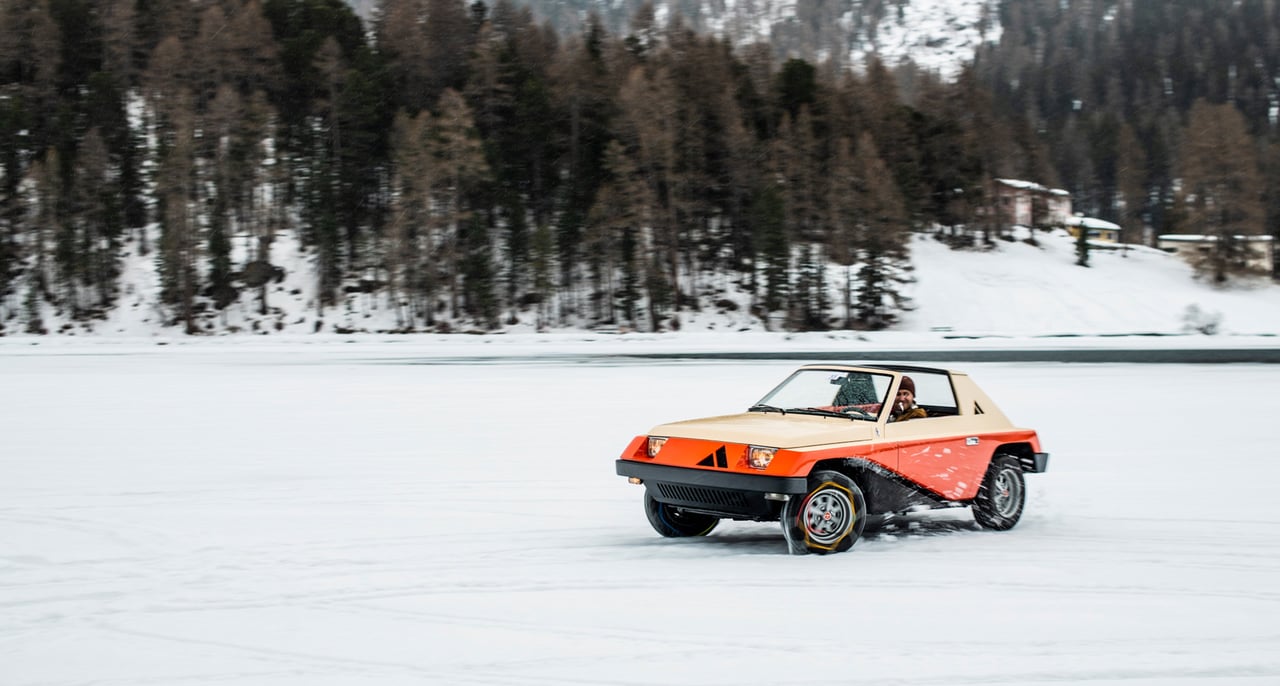
Thanks to our friends from the Lopresto Collection, we were able to schedule a little rendezvous with the one-off buggy before the start of the official event. And while we will see some of the world’s greatest sports and race cars on the ice this weekend, it’s safe to say that none of them will match the purist vintage vibe of Pininfarina’s 1970s beach cruiser that never was.
Photos: Rémi Dargegen for Classic Driver © 2024




























